Description
Gaillardia Aristata Grandiflora Mixed NEW
Gaillardia Aristata Grandiflora Mixed NEW This popular and reliable, colourful perennial is often referred to as The Blanket Flower. It will bloom from second and successive seasons and form expanding clumps up to 30 Inches high. Blooms are a broad petaled daisy type with a bright range of shades from orange through pink. Very tolerant to dry conditions. Plant spring, summer or autumn.
Cultivation Advice
- Plant Gaillardia aristata ‘Grandiflora Mixed’ in the spring after the last frost date or in early autumn. Select a spot with well-draining soil and full sun exposure.
- Ensure the soil is well-draining. Incorporate organic matter like compost to enhance soil fertility and structure, creating an ideal growing environment.
- Gaillardia ‘Grandiflora Mixed’ thrives in full sun. Aim for at least 6 to 8 hours of direct sunlight daily for optimal growth and abundant blooming.
- Water newly planted Gaillardia regularly to establish a strong root system. Once established, they are relatively drought-tolerant but benefit from occasional watering during dry spells.
- Apply a balanced fertilizer at planting time and during the growing season to promote healthy growth and profuse flowering.
- Space Gaillardia plants about 12 to 18 inches apart. Plant them at the same depth as they were in their nursery containers.
- Use mulch to retain soil moisture and suppress weed growth. Keep the area around the base of the plant free from weeds.
- Regularly deadhead spent flowers to encourage continuous blooming. Prune back the entire plant lightly after the first flush of flowers to encourage reblooming.
- Gaillardia ‘Grandiflora Mixed’ is generally resistant to pests and diseases. However, monitor for aphids or powdery mildew and take appropriate measures if detected.
- Gaillardia is usually hardy, but in harsh winter climates, a layer of mulch can help protect the plant’s roots from freezing temperatures.
- Suitable for borders, containers, or mixed perennial beds. Regular maintenance, including deadheading, maintains plant vigor and promotes more blooms.
- Pair with other sun-loving perennials or use as an accent plant. Combine with plants that complement its colors for an attractive garden display.
- Division every few years helps rejuvenate the plant and prevents overcrowding, promoting healthier growth and prolonged blooming.
- Gaillardia ‘Grandiflora Mixed’ adds vibrant colors to garden beds and attracts pollinators like bees and butterflies, contributing to garden biodiversity.
- The colorful blooms of Gaillardia attract various pollinators, making it a valuable addition to pollinator-friendly gardens.
- Gaillardia prefers slightly acidic to neutral soil with a pH range of 6.0 to 7.0. Amending the soil with well-decomposed organic matter aids in moisture retention and nutrient availability.
- While Gaillardia can tolerate heat well, it thrives in moderate temperatures. Good airflow prevents fungal diseases in humid climates.
- Once established, Gaillardia is drought-tolerant. Water deeply but infrequently to encourage deep root growth. Overwatering can lead to root rot.
- A light application of balanced fertilizer in early spring can support healthy growth. However, excessive fertilization can result in leggy growth with fewer flowers.
- Consistent deadheading promotes continuous blooming. Regularly removing spent flowers encourages new growth and extends the flowering season.
- Mulching around the base of the plant helps insulate roots during winter. In regions with freezing temperatures, a frost blanket can provide additional protection.
- Gaillardia can thrive in containers. Use a well-draining potting mix and ensure containers have sufficient drainage holes to prevent waterlogging.
- Good air circulation helps prevent fungal diseases. Proper spacing between plants and selecting an appropriate site are vital preventive measures.
- Pair Gaillardia with drought-tolerant plants for a low-maintenance garden. Plants like lavender, Russian sage, or ornamental grasses complement its colors and growth habits.
- Dividing clumps every few years rejuvenates the plant and prevents overcrowding. This process also provides an opportunity to propagate new plants.
- Gaillardia flowers attract pollinators like bees and butterflies. Incorporating them into your garden can support local pollinator populations.
- Regular pruning, especially after the initial bloom, encourages bushier growth and stimulates additional flower production.
- Allow seed heads to dry on the plant before collecting seeds for propagation. Store them in a cool, dry place until ready for sowing.


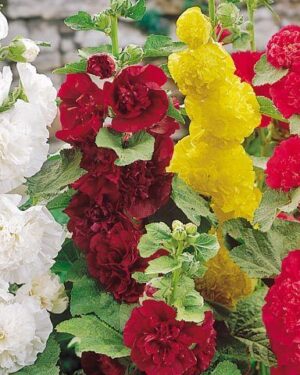
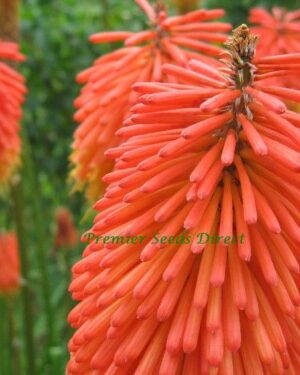
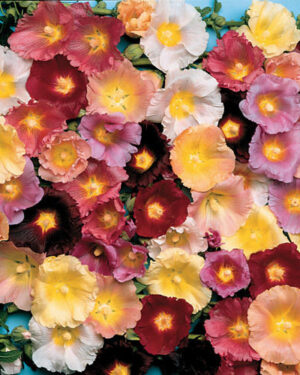
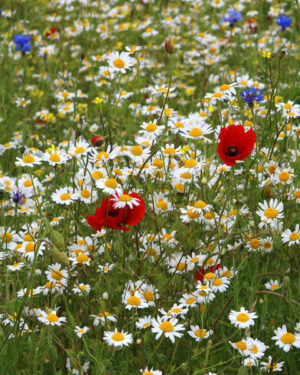
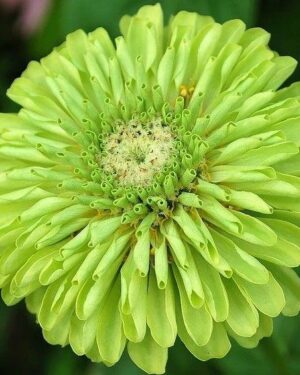
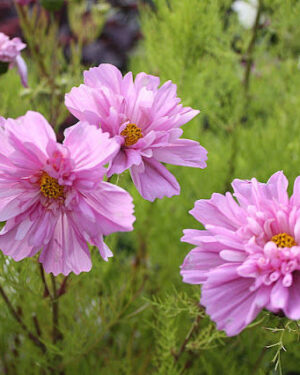
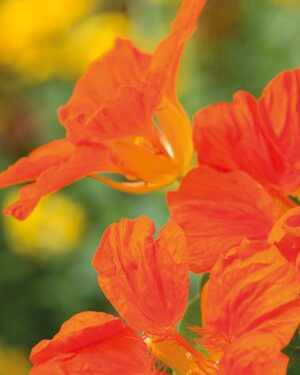
Reviews
There are no reviews yet.